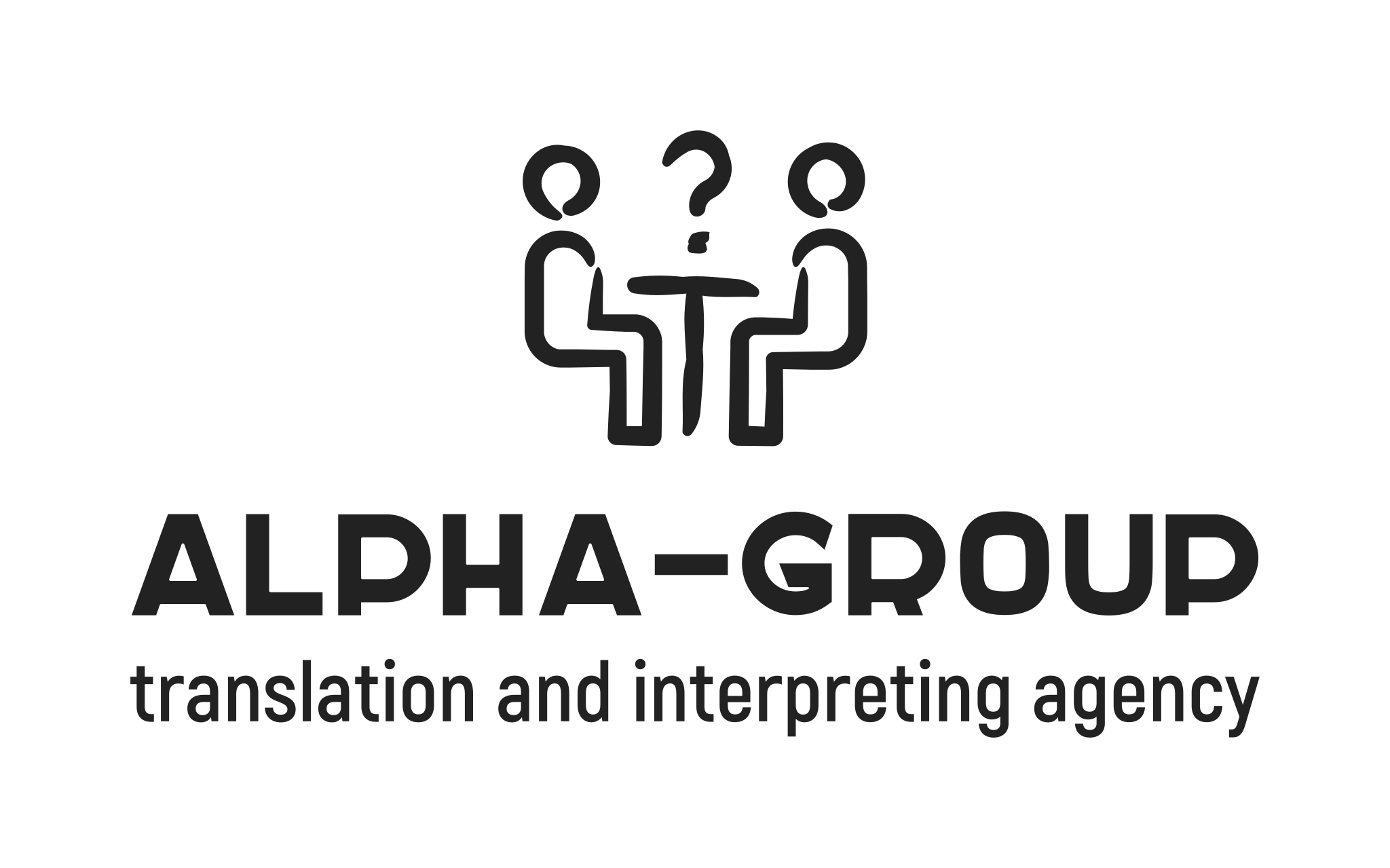Audiovisual translation, (AVT) – is also known as film translation, screen translation or multimedia translation. It plays an important role in marketing as it makes companies and products entering new markets.
The import and cross cultural exchange takes place due to the translation of feature films and documentaries, TV series, shows, programs of news and entertainment channels.
Depending on the order, audiovisual translation (AVT) combines the features of simultaneous, consecutive and written (literary) translation:
- translation at the premiere show in the hall
- voice-over translation
- translation for subsequent dubbing
- subtitling (working on subtitles)
Audiovisual translation is divided into such types:
- the work of a simultaneous interpreter who watches a film for the first time with the audience, and must convey the content as accurately as possible
- one actor or the translator dubs the entire film
- dubbing by two actors – a man and a woman over the original sound track
- dubbing by a character when the translated word of each actor matches the articulation
- subtitles, which usually imply some compression of the text, since the viewer must have time to read them
- voice-over, mainly for the translation of documentaries and interviews
- voice description of what is happening on the screen for the visually impaired
A lesser price of subtitles is their advantage over dubbing and even voice-over translation. Small countries like the Netherlands don’t spend much on dubbing. Viewers come to the cinema or watch a film in English with subtitles in their native language. According to a research, a Dane hears English for at least one hour a day from a TV screen.
Moreover, different countries have different subtitling tendecies. For example, in France, subtitling tends to be more complete and correct in writing.
There are several types of subtitles:
subtitling in foreign language (interlingual subtitling), which are made for film, video and DVD
bilingual subtitling for bilingual countries such as Belgium (in Flemish and French)
subtitles in native language for the hearing impaired (intralingual subtitling)
supertitles – viewers see them above the stage or on the backs of the front seats in the theater
The translated subtitles should ideally match the words of actors in the film. However, in reality, the text compression is 20-40% since the viewer should have enough time to read the subtitles.
This is the disadvantage of subtitles – they do not convey the original text in full.
You may read more on subtitling rules on the link.
Benefits of dubbing and voiceover
The advantage of dubbing is simplicity and visual engagement. Thanks to good translation and appropriate voices, the film can be included in the host culture and phrases from it can become popular.
Film dubbing traditions are strong in Italy, France, Spain. Small countries like Scandinavia, Greece, Portugal, Bulgaria, prefer subtitles. In the Soviet Union, audiovisual translation, namely dubbing, became a sort of art. But in the late 1980s and 90s. the quality of AVT has fallen due to an avalanche of incoming pirated films and a shortage of qualified translators.
Voice-over translation and translation during the film is done after previewing and processing the language material. The translator is provided with lay-out sheets, i.e. description of the film with a sequential indication of the content of each frame and its coordinates on the film by the counter. When translating a film during a session, audiovisual translation is as close to simultaneous as possible. The interpreter translates for the audience into the microphone.
Voice-over have benefits of quick order of execution for a client and relative ease of work for the interpreter since the video sequence facilitates probabilistic forecasting.
Features of film adaptation and the difficulties for a translator
Translating a film word-to-word means stealing emotions from the viewer. Making audiovisual translation, the translator does not translate words, sentences or meaning. He does translate the narrative. The host audience should laugh or be scared as many times as native speakers would do. An audiovisual translator pick up and study the language¸ spoken by supposed viewers of the film. Translators even have “a little black notebook” to make notes on phrases and good jokes to “incept” into the film when translating.
Adaptation of a character may also take place. For example, it is known that John Travolta has a very high voice and Russian distributors prefer to see him with a nice baritone as the audience expect a voice of a sex symbol should be. Same thing was when dubbing the voice of Merlin Monroe. Her squeaky high-pitched voice was being replaced with a lower, hoarse one.
What languages are the most difficult for adaptation?
In this regard, the concept of “glass wall” is applied to Chinese cinematography. There are about 200 channels in China that are ready to export their content. However,there are not enough qualified translators from the Chinese in the world,able to make the translation adequate, funny, and match the lines of subtitles with the words of actors. German cinematography experience similar audiovisual translation gap.
Meanwhile, bright audiovisual translation from Russian led to the tremendous success of “Smeshariki”, “The Snow Queen”. It is noteworthy “The Snow Queen”cost $ 7 million to make up at the Voronezh film studio Wizard, but in the foreign box office it grossed $ 42 million and was sold to 113 countries of the world.
Moreover, marketing strategy initially supposed that 3-D cartoon to be for overseas distribution, thus in Russia it isn’t well known.
How long it usually takes for audiovisual translation?
Usually a translator takes 1-2 films for a day. Dubbing can take one or two weeks, as it is important to match the spoken words with articulation.
Let’s summarize.
Audiovisual translation is the translation of film materials. There are 7 types of AVT depending on the order and goals.
The translator does not translate words, sentences, or meaning for audiovisual translation. He translates the narrative. There can also be a character adaptation
The most common and relatively inexpensive audiovisual translation is subtitling, while dubbing is the most expensive. The film is dubbed by actors according to their roles, and it is necessary to change the speech so as to match the articulation with the translated words which is the reason why it takes so long (it may take 1-2 weeks). Dubbing is popular in countries such as Ukraine, Russia, Italy, France, Spain, and subtitles are loved by small countries as Scandinavia, Greece, Portugal, Bulgaria.
Cinema films represent only 5-7% of all video content. The main difficulty that can arise with AVT is the lack of qualified translators either into the host language or those specializing in narrow fields (for example, videos about science, fashion, history).


